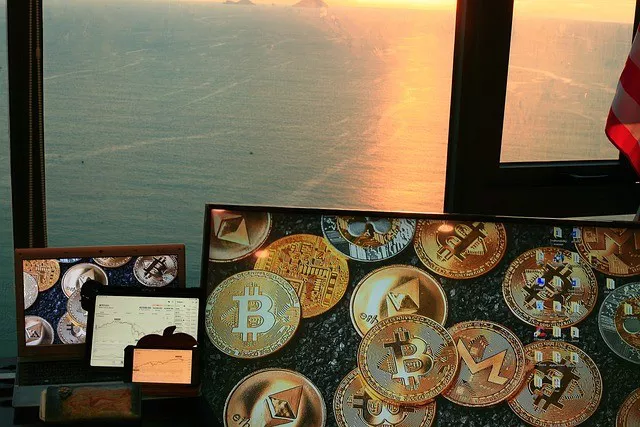Gold has long been hailed as a reliable store of value, particularly during times of economic uncertainty. One of the key factors that contribute to the rise in gold prices is inflation. As governments and central banks implement measures to combat rising inflation, investors often turn to gold as a hedge against the erosion of purchasing power. This article aims to explore the link between gold price and inflation, shedding light on the underlying dynamics and providing insights into why gold remains a popular choice for investors seeking protection during inflationary periods.
1.Understanding Inflation
To comprehend the relationship between gold price and inflation, it is crucial to first grasp the concept of inflation itself. Inflation refers to the general increase in prices of goods and services over time, resulting in a decline in purchasing power. When inflation rises, the value of the currency decreases, and individuals can purchase fewer goods with the same amount of money.
2.The Role of Gold as an Inflation Hedge
Gold has historically served as a hedge against inflation due to several inherent characteristics. Firstly, gold is a tangible asset that has been universally accepted as a form of currency and store of value for centuries. Unlike fiat currencies, which can be devalued through excessive money printing, gold’s supply is limited, making it resistant to inflationary pressures.
Secondly, gold has intrinsic value and retains its worth even when paper currencies lose theirs. This quality makes gold an attractive option for preserving wealth during times of inflationary stress.
Thirdly, gold is considered a safe-haven investment due to its inverse relationship with other financial instruments. During periods of economic turmoil or uncertainty, investors tend to seek refuge in gold as a stable and reliable asset. This increased demand drives up the price of gold, further solidifying its position as an inflation hedge.
3.Supply and Demand Factors
The dynamics of the gold market are influenced by various supply and demand factors that play a significant role in driving up prices during inflationary periods. On the supply side, gold production is limited and subject to extraction costs, making it difficult to rapidly increase supply when demand rises. This restricted supply contributes to the upward pressure on gold prices during inflationary periods.
On the demand side, there are several key drivers that fuel the desire for gold as an inflation hedge. Central banks often increase their gold reserves during economic uncertainties and inflationary phases to diversify their holdings away from fiat currencies. Additionally, individual investors seek gold as a means to protect their wealth and hedge against the erosion of purchasing power.
4.Investor Sentiment and Market Psychology
Investor sentiment and market psychology also play vital roles in the relationship between gold price and inflation. During times of rising inflation expectations, investors perceive gold as a safe haven asset and flock to it, driving up its price further. The fear of losing purchasing power prompts individuals to allocate a portion of their portfolios to gold, amplifying demand and reinforcing its status as an inflation hedge.
Conclusion
In summary, the rise in gold prices during inflationary periods can be attributed to various factors. Gold’s historical significance as a store of value, along with its limited supply, intrinsic worth, and inverse relationship with other financial instruments, makes it an attractive investment option during times of rising inflation. Moreover, the interplay of supply and demand dynamics, investor sentiment, and market psychology further contribute to the appreciation of gold prices. As governments and central banks grapple with the challenge of managing inflation, gold is likely to continue playing a crucial role as a reliable hedge against eroding purchasing power. Understanding the link between gold price and inflation empowers investors to make informed decisions and safeguard their wealth in an ever-changing economic landscape.


